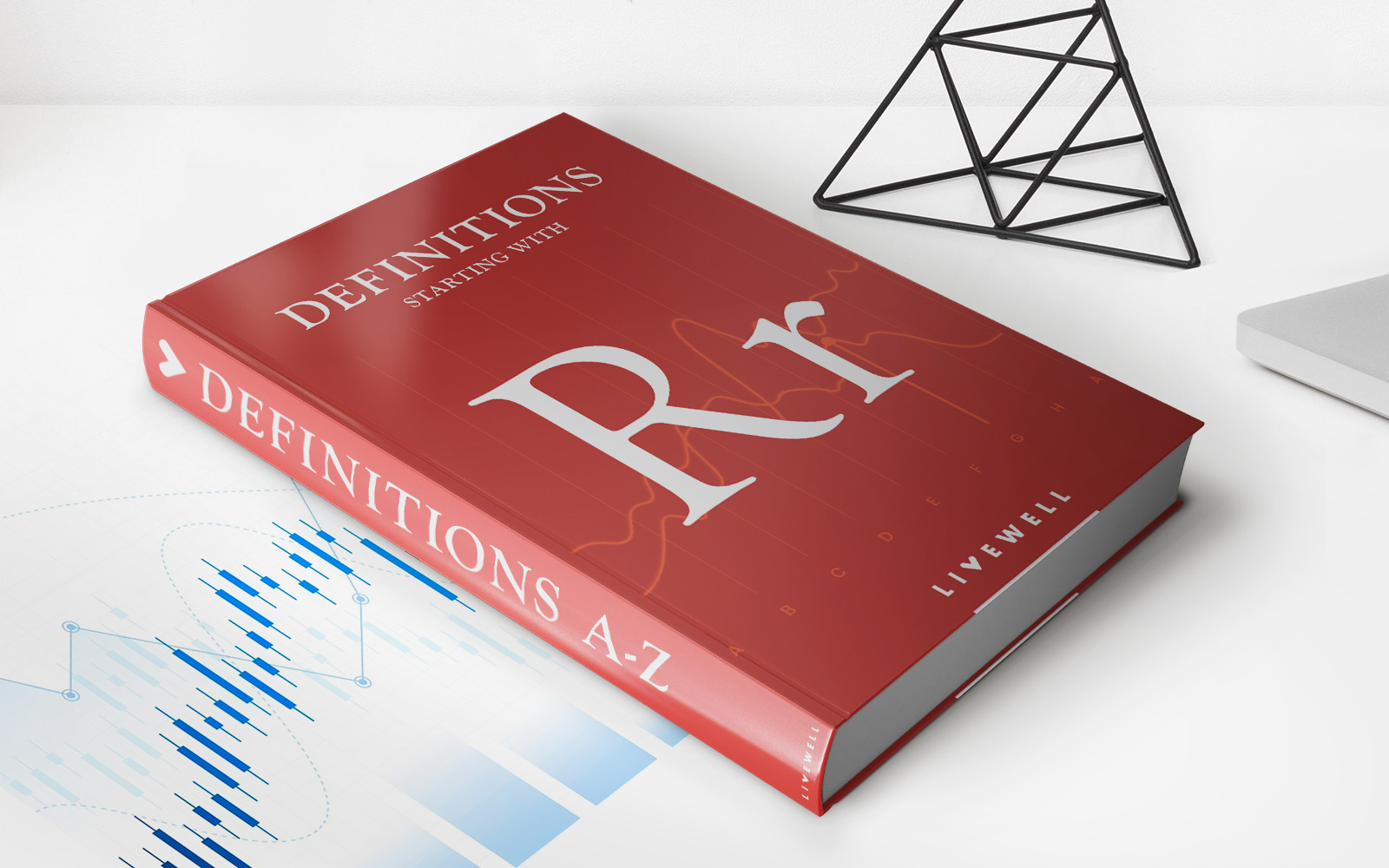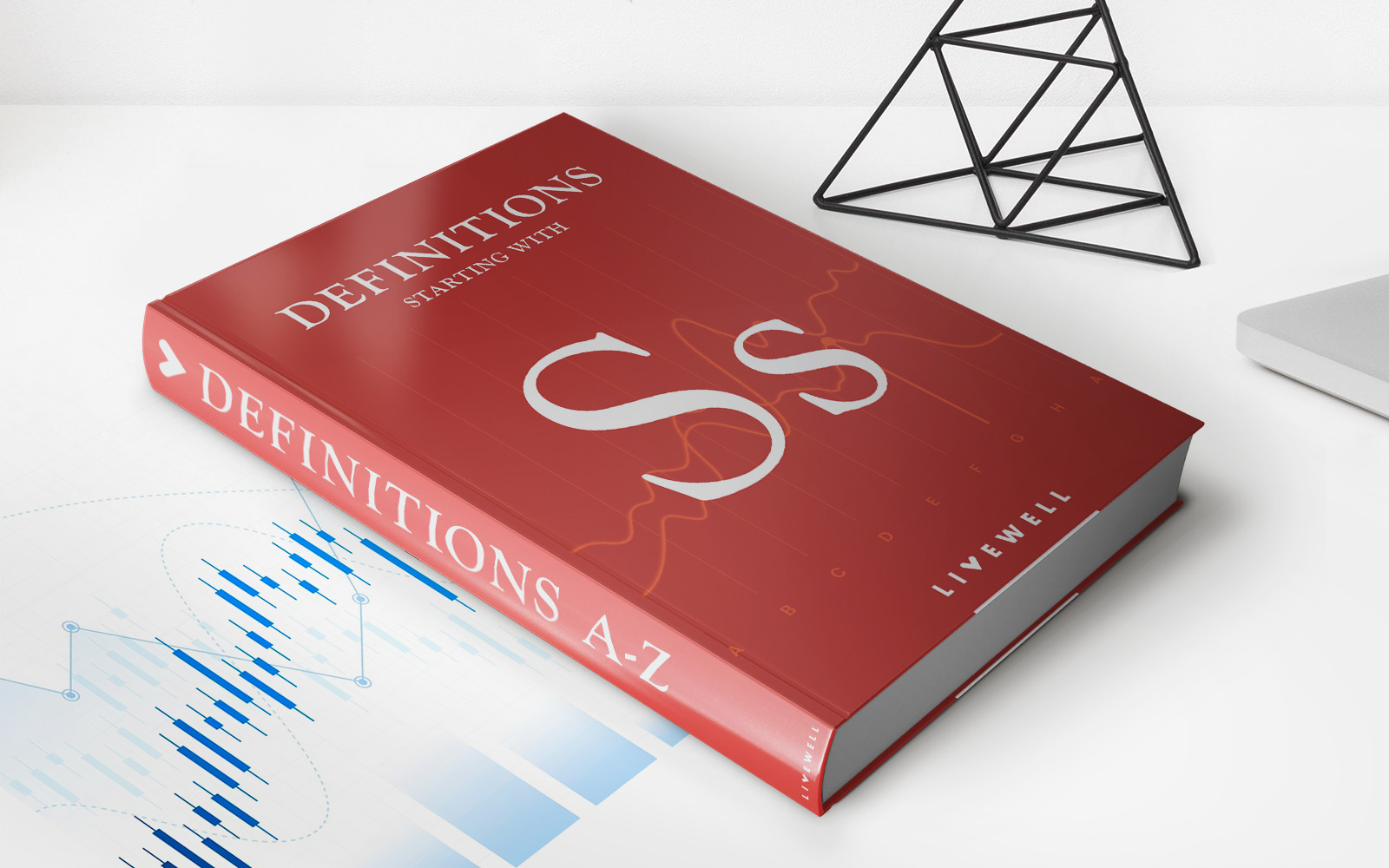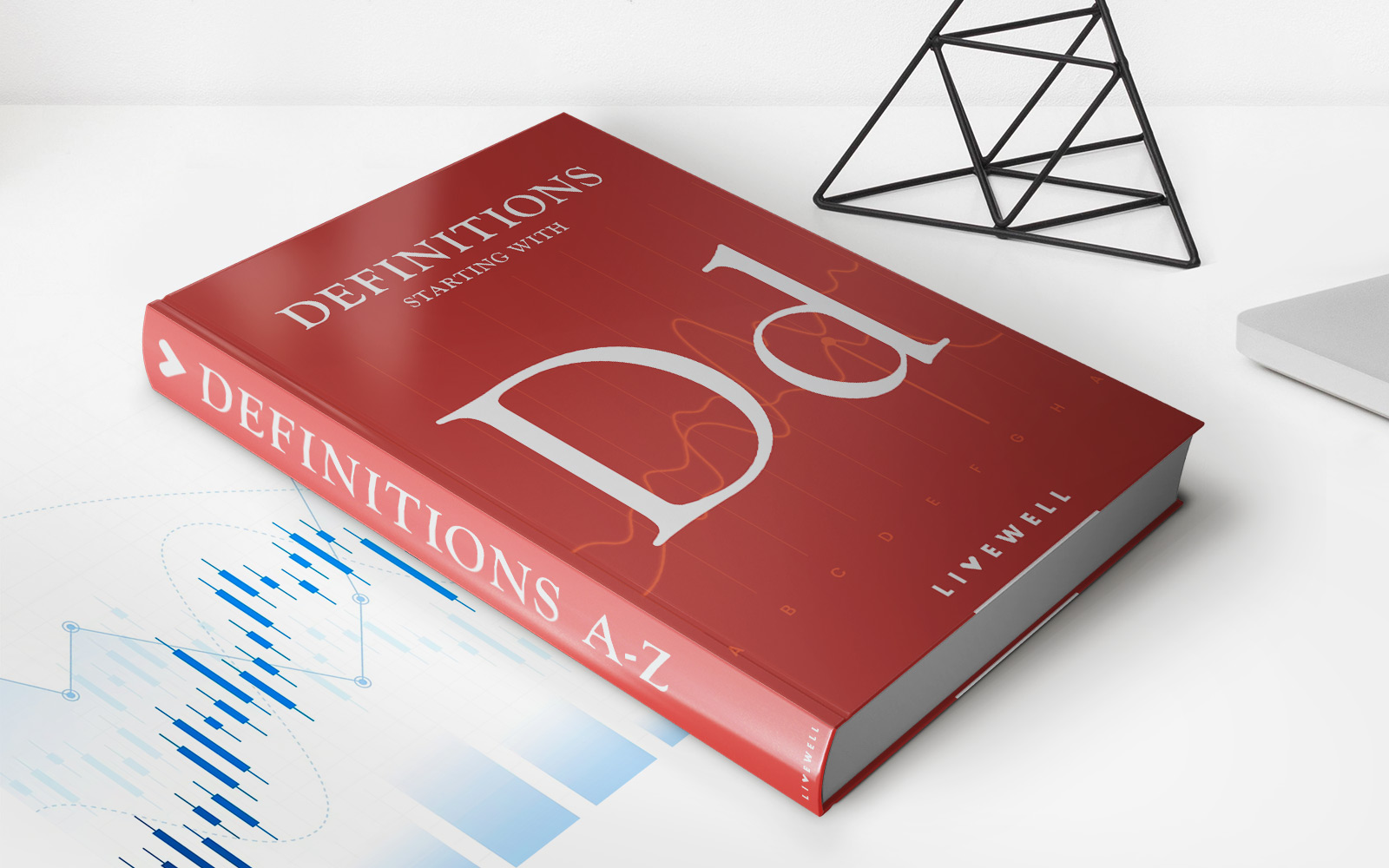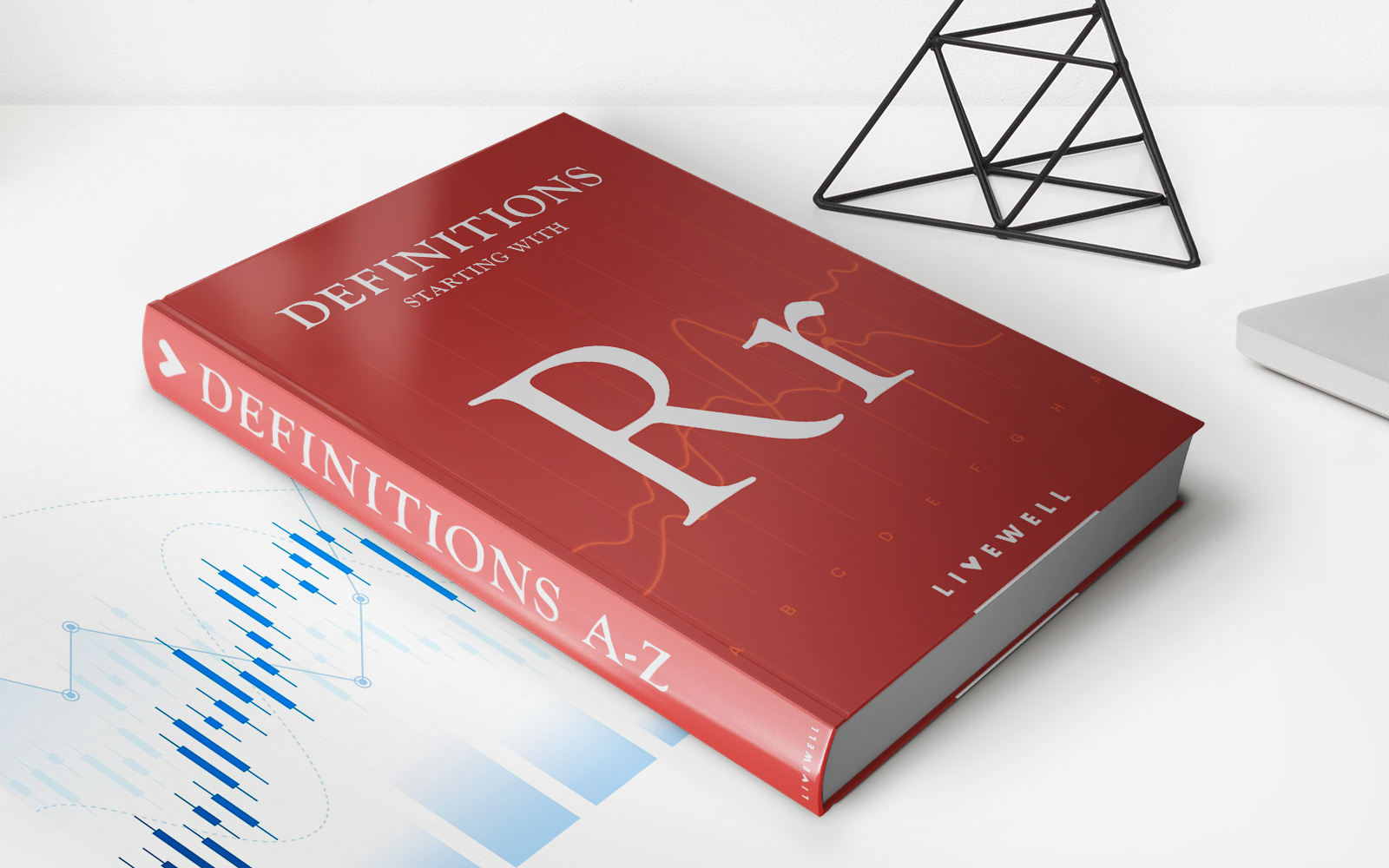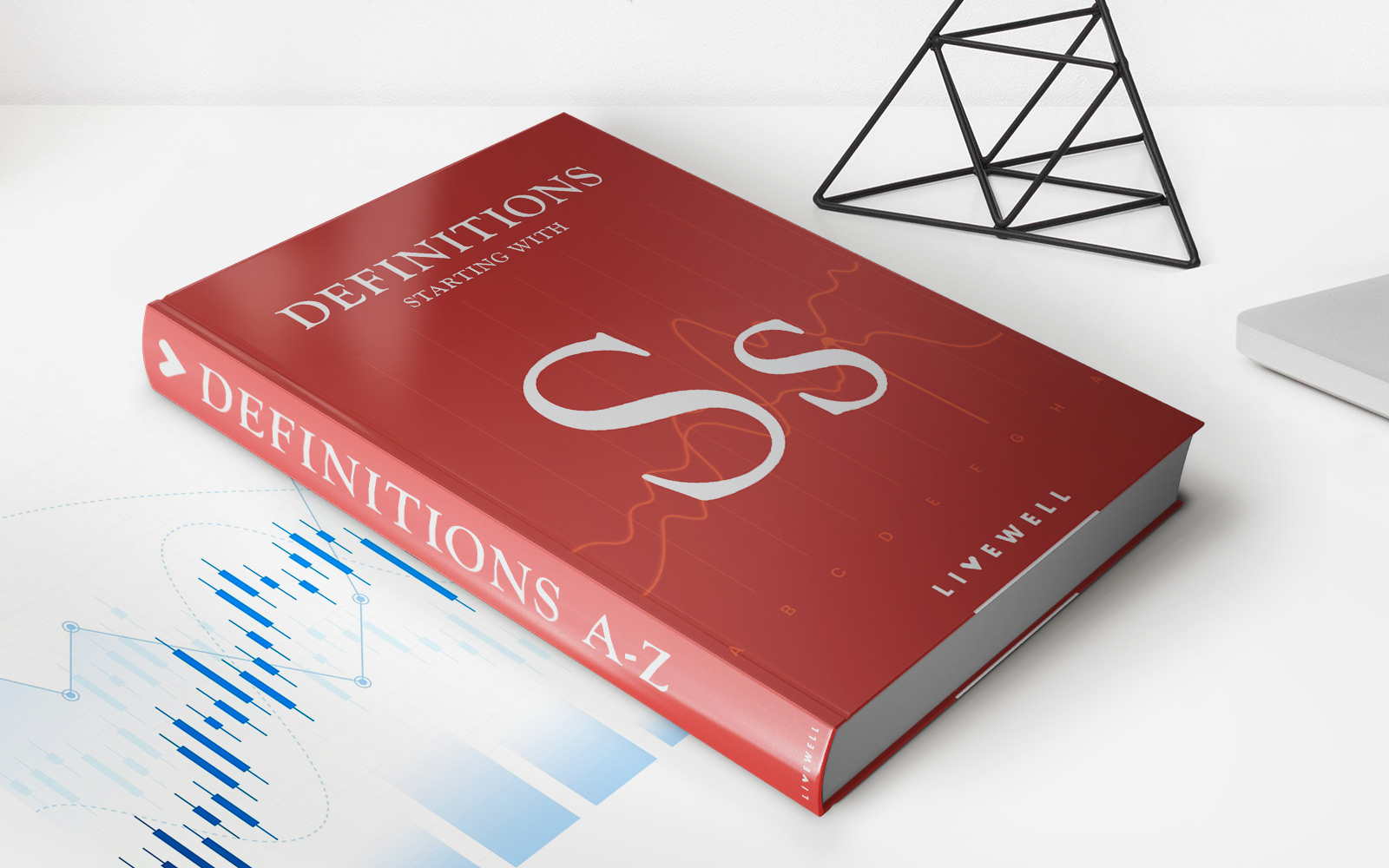Home>Finance>What Is A Symmetrical Triangle Pattern? Definition And Trading
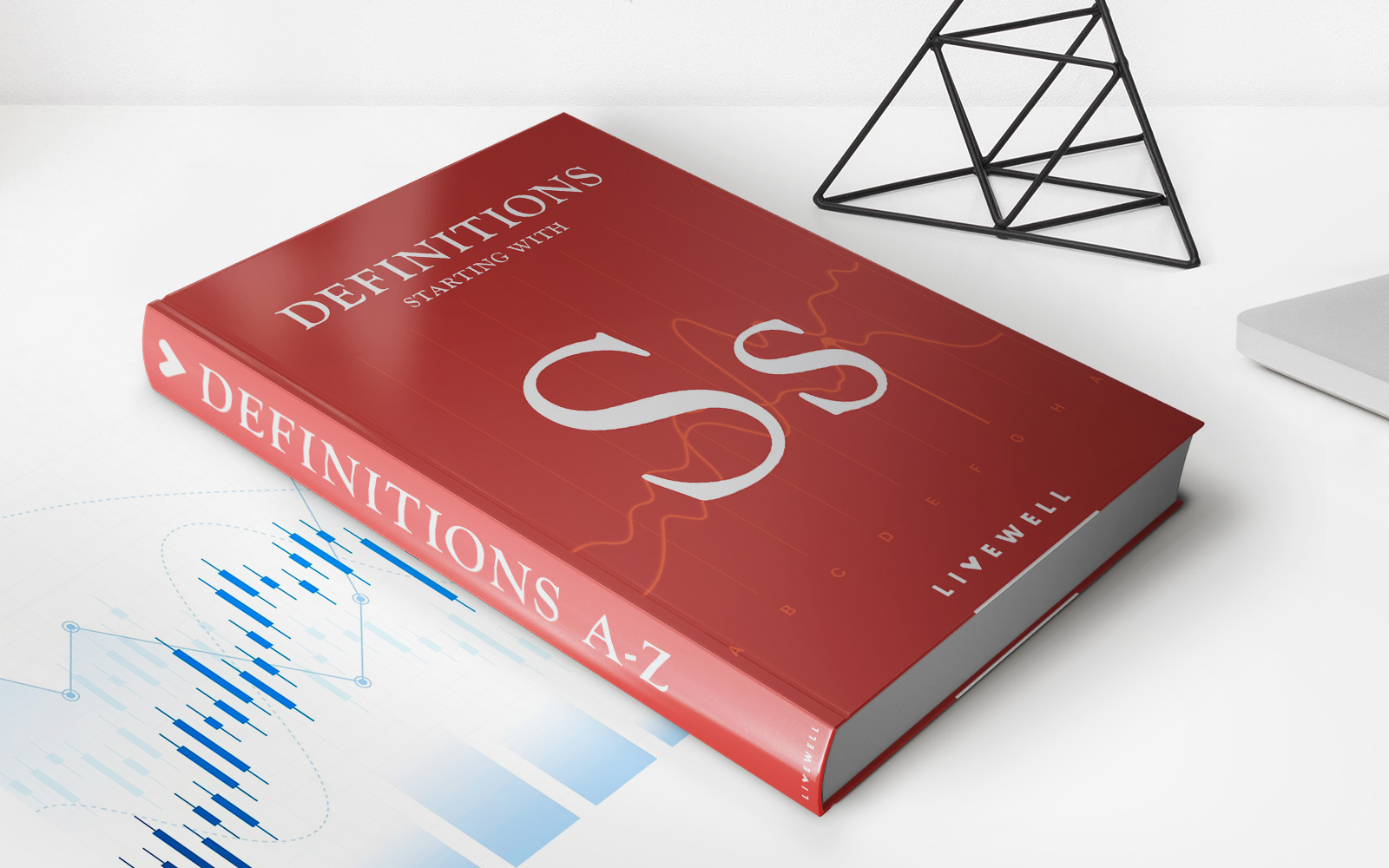

Finance
What Is A Symmetrical Triangle Pattern? Definition And Trading
Published: February 5, 2024
Learn about the symmetrical triangle pattern in finance, its definition, and how to trade it. Enhance your trading skills with this comprehensive guide.
(Many of the links in this article redirect to a specific reviewed product. Your purchase of these products through affiliate links helps to generate commission for LiveWell, at no extra cost. Learn more)
What Is a Symmetrical Triangle Pattern? Definition and Trading
Welcome to another educational article in our FINANCE category! In today’s post, we will explore the intriguing world of symmetrical triangle patterns. So, whether you are a seasoned trader or just starting your journey in the financial markets, this article will provide you with a comprehensive understanding of this technical analysis tool.
Key Takeaways:
- Symmetrical triangle patterns are consolidation patterns that indicate a period of market indecision.
- These patterns can lead to significant price breakouts in either direction, making them valuable for traders.
Before we dive into the intricacies of symmetrical triangle patterns, let’s begin with a quick definition:
A symmetrical triangle is a chart pattern that occurs when the price of an asset consolidates and forms two converging trendlines. The upper trendline connects a series of lower highs, while the lower trendline joins a sequence of higher lows. As time passes, the range between these two trendlines narrows, creating the characteristic triangle shape.
Now that we have a clear visual image of what a symmetrical triangle pattern looks like, let’s explore how traders can utilize this information to make informed decisions in the financial markets.
1. Breakout Confirmation: When a symmetrical triangle pattern forms, it signifies a period of market indecision, where traders are uncertain about the future direction of the asset’s price. However, this consolidation phase is typically followed by a breakout, as the market finally decides upon a clear direction. Traders often look for a confirmed breakout above the upper trendline or below the lower trendline to initiate a position.
2. Price Targets: Another crucial aspect of trading symmetrical triangle patterns is determining potential price targets. Once a breakout occurs, traders can measure the height of the triangle (from the highest point to the lowest point) and project it in the direction of the breakout. This measurement can provide an estimate of the potential price movement after the breakout, helping traders to set profit targets or adjust their stop-loss levels.
When analyzing symmetrical triangle patterns, it’s essential to look for several confirming factors before making trading decisions. This can include volume analysis, chart patterns found within the triangle, or broader market conditions. Remember, trading always carries risk, and it is vital to apply proper risk management techniques and use stop-loss orders to protect your capital.
In conclusion, symmetrical triangle patterns are valuable tools that help traders identify potential breakouts and forecast price targets. By understanding these consolidating chart patterns, you can gain a competitive edge in the financial markets and improve your trading strategies.
Thank you for reading our article on symmetrical triangle patterns! Stay tuned for more informative posts on various finance-related topics. If you found this article helpful, please share it with your friends and colleagues.



